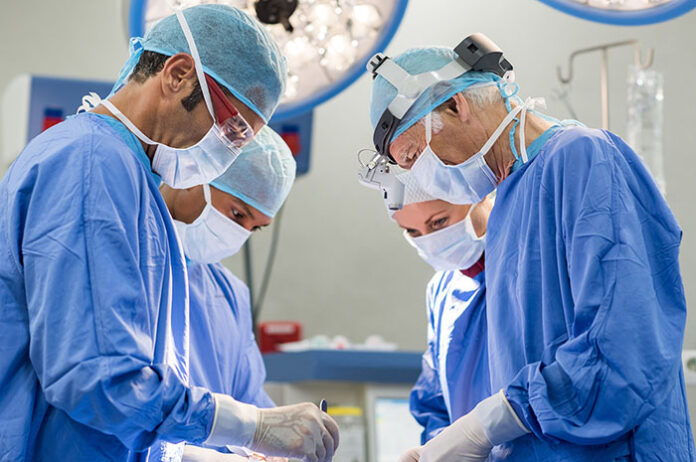
Surgery is a cornerstone of modern medicine, offering solutions to a wide range of health conditions and injuries. From routine procedures to complex interventions, surgeons play a vital role in improving patients’ quality of life and overall health. In this article, we’ll delve into the top 10 most common surgeries performed worldwide, shedding light on the procedures that shape healthcare delivery.
Exploring the Top 10 Most Common Surgeries: Understanding Procedures that Shape Healthcare
1. Cesarean Section (C-Section): A Cesarean section, or C-section, is a surgical procedure used to deliver a baby through an incision in the mother’s abdomen and uterus. It is commonly performed when vaginal delivery poses risks to the mother or baby, such as complications during labor or fetal distress.
2. Appendectomy: An appendectomy is the surgical removal of the appendix, typically performed to treat acute appendicitis, an inflammation of the appendix. This procedure is one of the most common emergency surgeries worldwide and is often performed laparoscopically, using minimally invasive techniques.
3. Gallbladder Removal (Cholecystectomy): Cholecystectomy is the surgical removal of the gallbladder, usually due to gallstones or other gallbladder-related conditions. Laparoscopic cholecystectomy is the preferred approach, offering faster recovery and fewer complications than traditional open surgery.
4. Knee Arthroscopy: Knee arthroscopy is a minimally invasive surgical procedure used to diagnose and treat various knee conditions, such as torn cartilage, ligament injuries, and arthritis. It involves inserting a small camera and instruments through small incisions to visualize and repair damaged tissues in the knee joint.
5. Hip Replacement (Hip Arthroplasty): Hip replacement surgery, or hip arthroplasty, involves replacing the damaged or diseased hip joint with an artificial implant. It is commonly performed to relieve pain and improve mobility in patients with severe hip arthritis or hip fractures.
6. Hernia Repair: Hernia repair is a surgical procedure used to correct hernias, which occur when organs or tissues protrude through weak spots in the abdominal wall. The most common types of hernia repair include inguinal hernia repair and umbilical hernia repair.
7. Coronary Artery Bypass Graft (CABG) Surgery: Coronary artery bypass graft surgery, commonly known as CABG or bypass surgery, is performed to improve blood flow to the heart muscle in patients with coronary artery disease. It involves bypassing blocked or narrowed coronary arteries using blood vessels harvested from other parts of the body.
8. Cataract Surgery: Cataract surgery is a procedure used to remove a cloudy lens from the eye and replace it with an artificial intraocular lens (IOL). It is performed to restore vision in patients with cataracts, a common age-related condition that causes vision impairment.
9. Hysterectomy: Hysterectomy is the surgical removal of the uterus, often performed to treat conditions such as uterine fibroids, endometriosis, or gynecologic cancers. Depending on the patient’s condition and medical history, hysterectomy may be performed via different approaches, including abdominal, vaginal, or laparoscopic surgery.
10. Tonsillectomy: Tonsillectomy is the surgical removal of the tonsils, often recommended to treat recurrent tonsillitis or obstructive sleep apnea. While less common than in previous decades, tonsillectomy remains one of the most frequently performed surgeries, especially in children.
These top 10 most common surgeries represent a diverse range of medical procedures aimed at addressing various health conditions and improving patients’ well-being. While surgical interventions carry risks, advancements in technology and surgical techniques continue to enhance patient outcomes and minimize complications, contributing to the advancement of modern healthcare.


